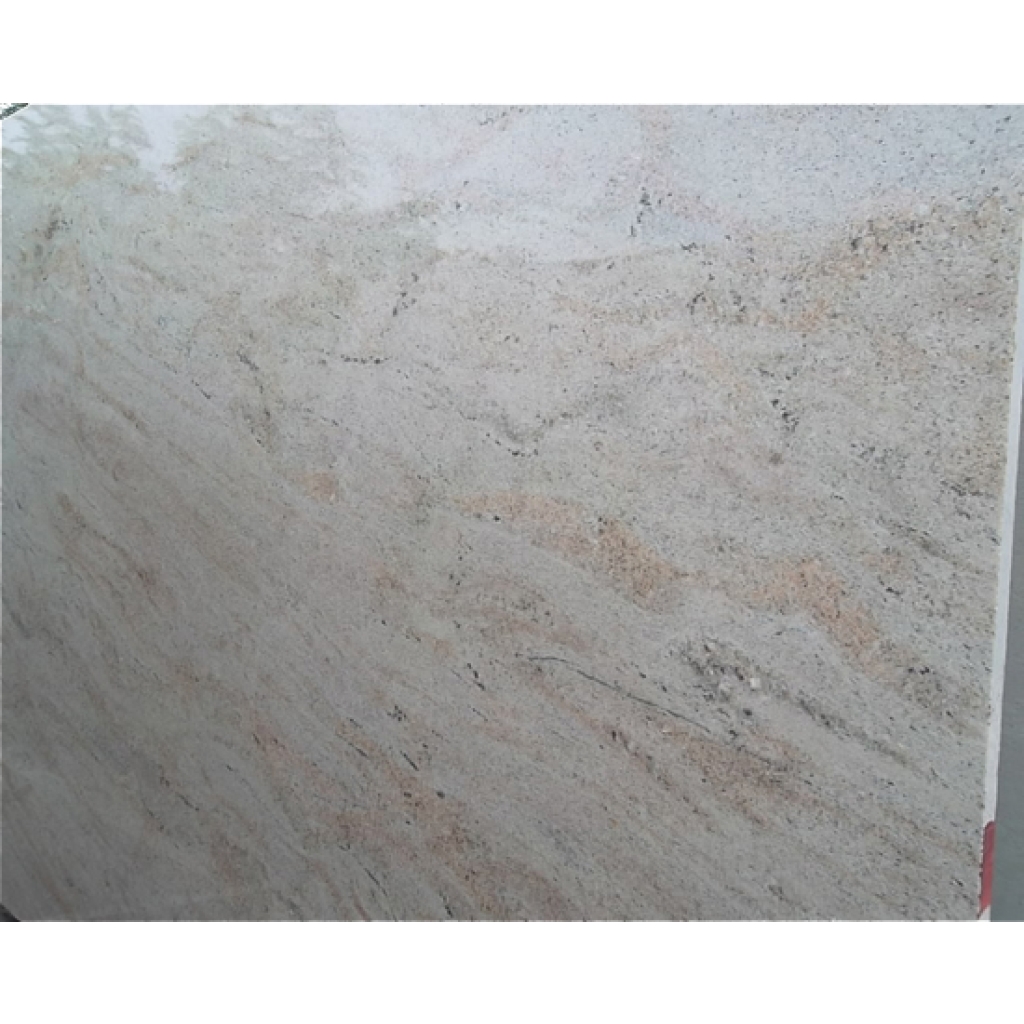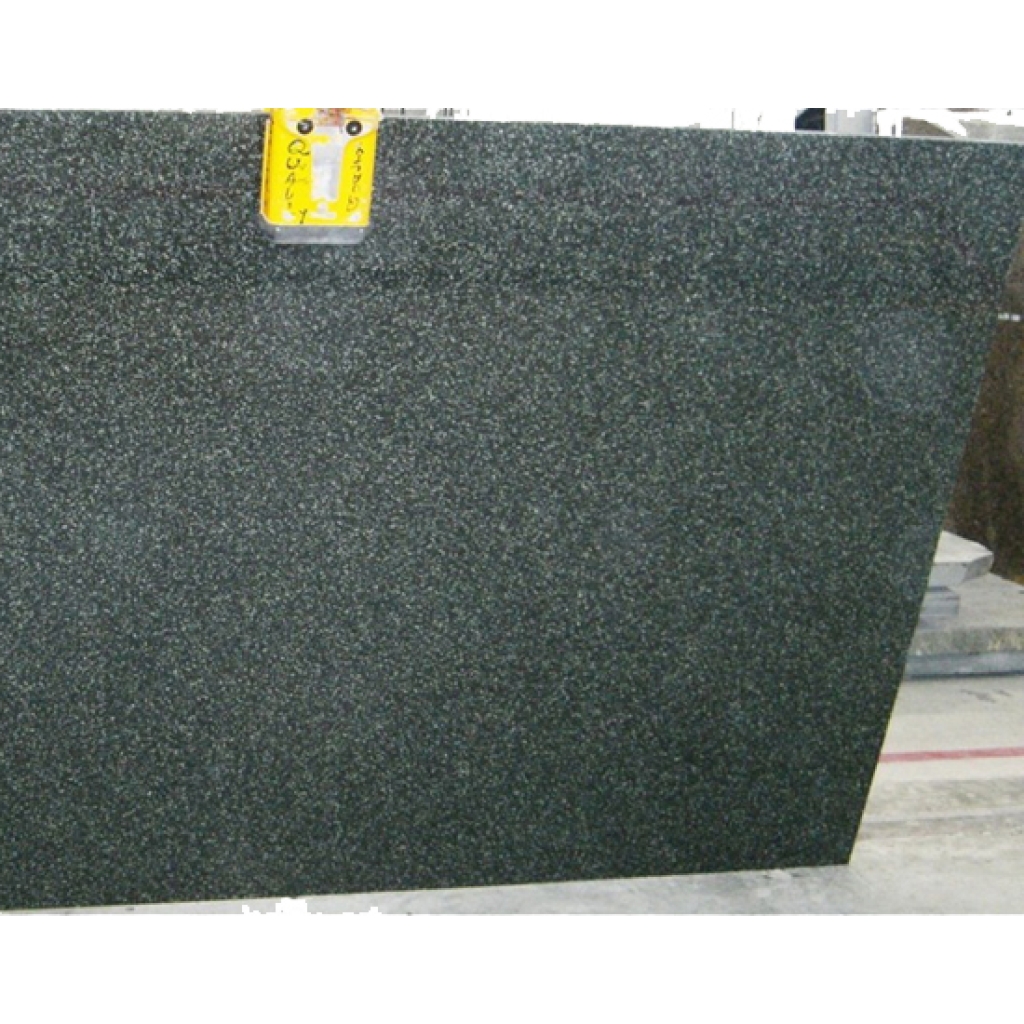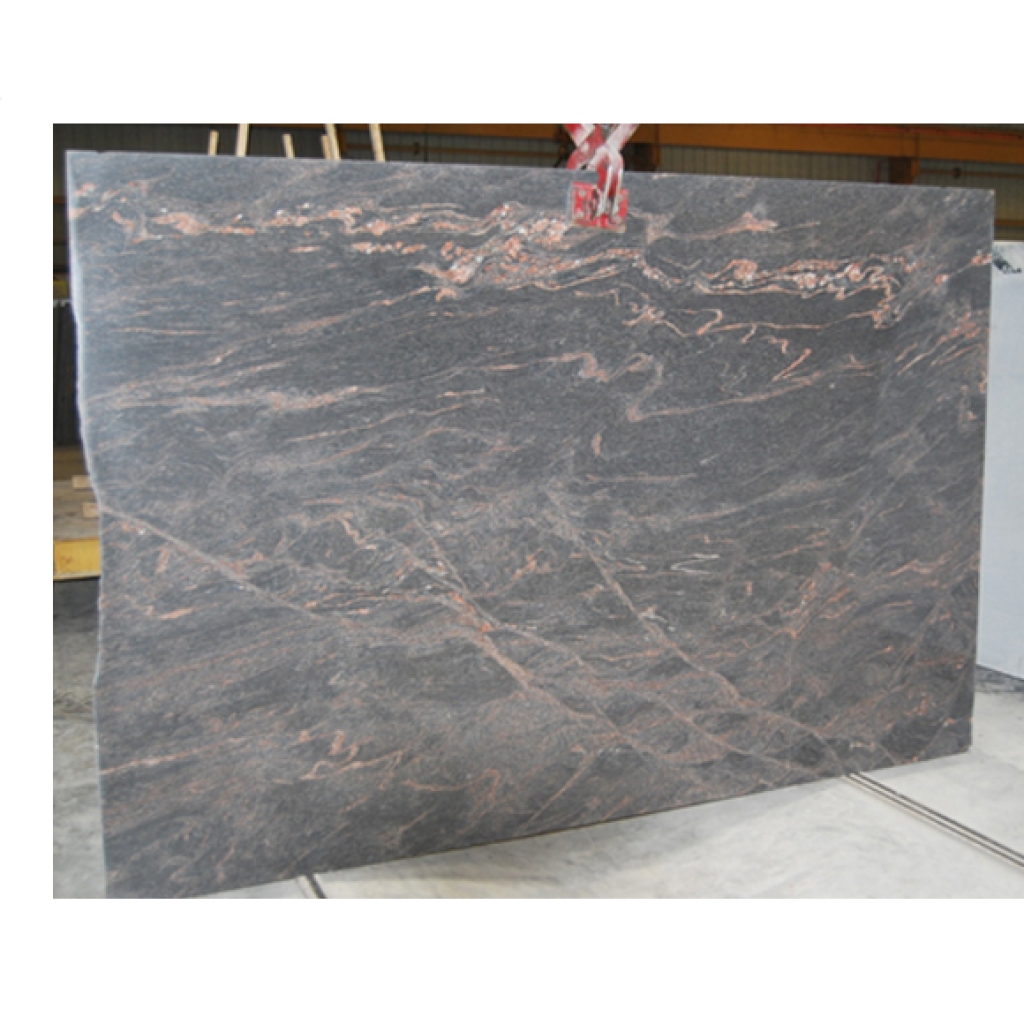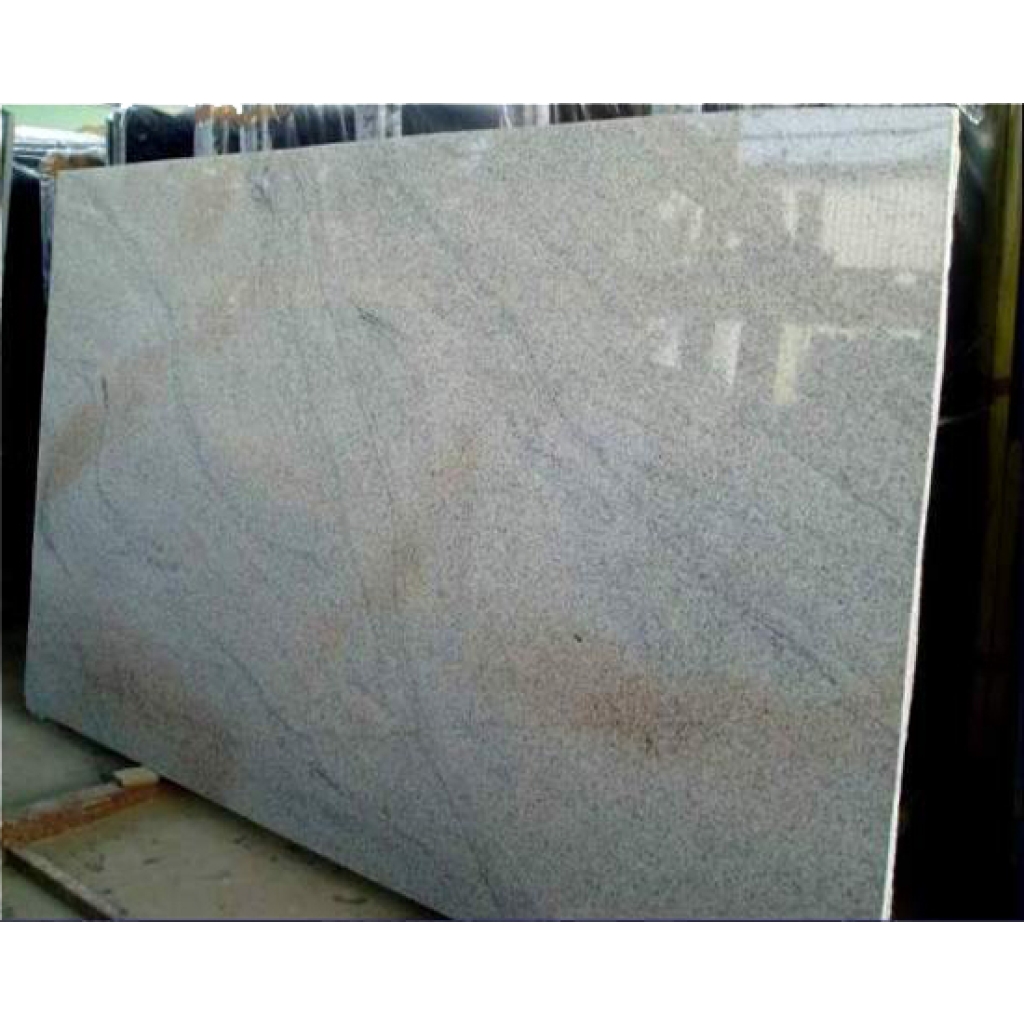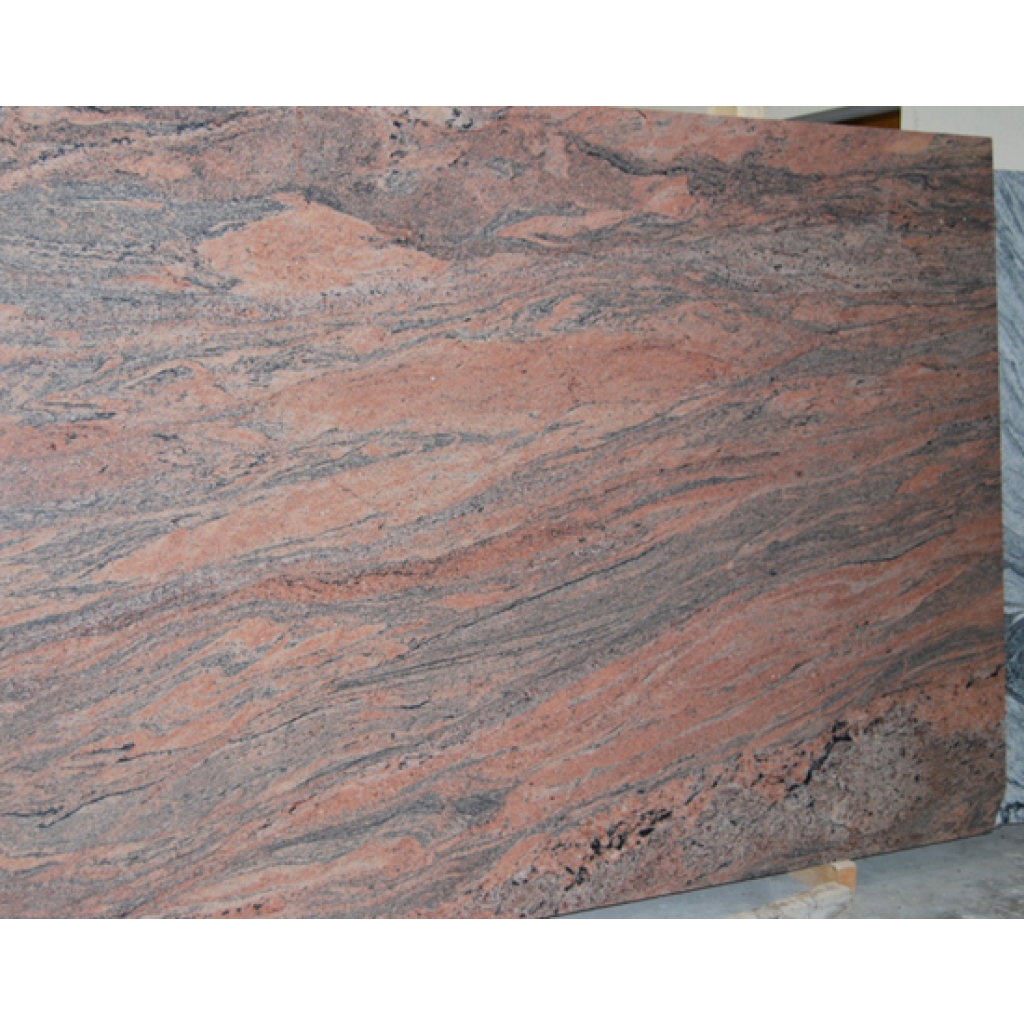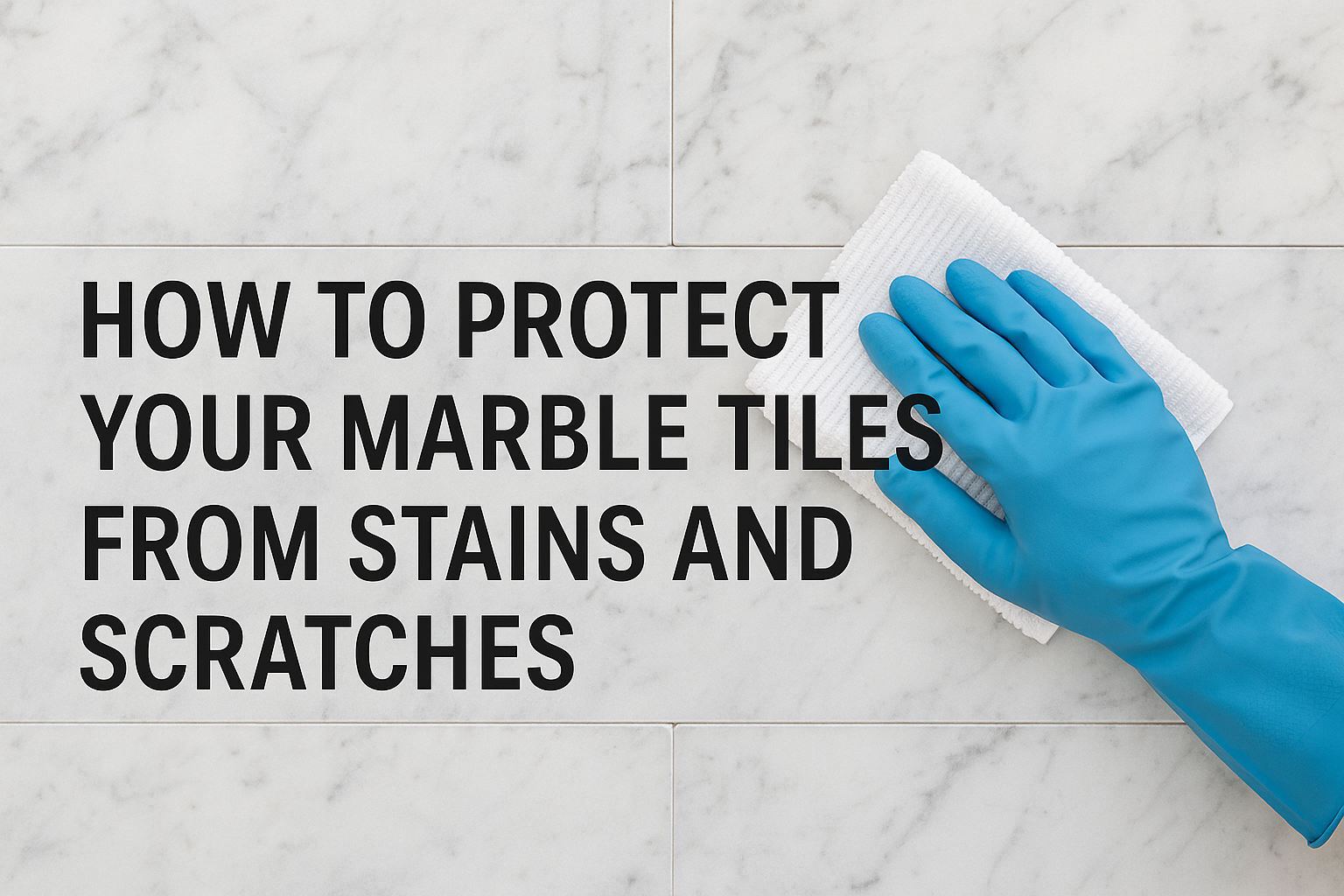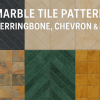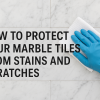No products in the cart.
با خرید $30,000.00 ارسال شما رایگان میشود
No products in the cart.
با خرید $30,000.00 ارسال شما رایگان میشود
How to Protect Your Marble Tiles from Stains and Scratches: Complete Guide
Marble tiles are a symbol of luxury, sophistication, and timeless beauty. Whether installed in bathrooms, kitchens, hallways, or living spaces, marble tiles have the power to transform ordinary interiors into stunning sanctuaries. However, as much as marble is beautiful, it is also a porous, relatively soft natural stone that requires specific care to maintain its pristine appearance. Without proper protection and maintenance, marble tiles can easily become stained, scratched, or dulled over time.
Protecting your marble tiles involves much more than just regular cleaning. It requires understanding the vulnerabilities of marble, using the right products, adopting preventive strategies, and sometimes making minor lifestyle changes to ensure your investment remains as beautiful as the day it was installed. In this complete guide, we will explore all the essential techniques, products, and habits you need to protect your marble tiles from stains and scratches effectively.
Understanding the Nature of Marble
Before diving into protection methods, it is crucial to understand why marble is sensitive to stains and scratches. Marble is a metamorphic rock composed mainly of calcite, a mineral that reacts with acids and is relatively soft compared to other natural stones like granite. Because of its mineral composition and crystalline structure:
-
Marble is porous, allowing liquids and staining agents to penetrate if not sealed properly.
-
Marble is relatively soft, making it vulnerable to scratches from abrasive materials and heavy objects.
-
Marble is reactive to acids, causing etching and dull spots when it comes into contact with substances like lemon juice, vinegar, or wine.
Armed with this knowledge, you can better appreciate the importance of protecting your marble tiles properly.
Sealing Marble Tiles: Your First Line of Defense
The single most critical step in protecting marble tiles is sealing them. A high-quality marble sealer fills the pores of the marble, creating a barrier that repels liquids and prevents staining agents from penetrating the surface.
Choosing the Right Marble Sealer
There are two main types of sealers for marble:
-
Penetrating Sealers: These are absorbed into the marble’s pores, offering deep, invisible protection without altering the stone’s appearance. They are best for maintaining a natural look.
-
Topical Sealers: These form a protective layer over the marble’s surface. They may enhance the color slightly and offer additional protection but can sometimes affect the stone’s breathability.
For most indoor marble tile applications, a penetrating sealer is preferred because it preserves the stone’s natural beauty while providing excellent protection.
How Often Should You Seal Marble Tiles?
Sealing frequency depends on the marble type, usage, and sealer quality. Generally:
-
High-traffic areas (floors, kitchen countertops): Reseal every 6 to 12 months.
-
Low-traffic areas (bathroom walls, decorative features): Reseal every 12 to 18 months.
Perform a simple water test to check if your marble needs resealing. Place a few drops of water on the surface; if it darkens within minutes, it’s time to reseal.
Daily Care Habits to Prevent Stains and Scratches
In addition to sealing, developing good daily habits can dramatically extend the life and beauty of your marble tiles.
Wipe Spills Immediately
Because marble is porous, spills can penetrate quickly, especially if they involve acidic or colored substances. Common culprits include:
-
Coffee
-
Red wine
-
Juice
-
Tomato sauce
-
Oil
-
Makeup
Use a soft cloth or paper towel to blot (not wipe) spills immediately to avoid spreading the liquid. Follow up with a damp cloth and pH-neutral stone cleaner.
Use Soft Materials for Cleaning
Always use non-abrasive, soft materials like microfiber cloths, natural sponges, or soft mops for cleaning marble tiles. Avoid using:
-
Rough scrubbing pads
-
Steel wool
-
Hard-bristled brushes
These abrasive materials can scratch and dull the surface.
Avoid Acidic or Harsh Cleaners
Never use vinegar, lemon juice, ammonia, or bleach on marble tiles. These acidic and alkaline substances will etch the surface, causing dull spots or even physical damage.
Instead, choose a pH-neutral stone cleaner specifically formulated for marble.
Smart Preventive Measures for Everyday Protection
Taking a few simple preventive steps can minimize the risk of stains and scratches dramatically.
Use Rugs and Mats
Place high-quality rugs or mats in areas where marble tiles are heavily trafficked, such as entryways, hallways, or kitchen work zones. This reduces wear and tear, captures dirt and grit, and minimizes scratching.
Use only mats with breathable, non-rubberized backings to prevent moisture accumulation under the rug, which could harm the marble.
Install Protective Pads
Attach felt or rubber pads under furniture legs, tables, and chairs that rest on marble floors. This prevents scratching when items are moved or accidentally dragged across the surface.
Limit Sharp Objects in Contact
Avoid placing sharp or heavy items directly on marble surfaces, especially in bathrooms or kitchens. Use trays, coasters, or mats under toiletries, utensils, and decorative pieces.
Specialized Care for Specific Areas
Marble Bathroom Tiles
Bathrooms are high-moisture environments, making marble tiles vulnerable to water spots, soap scum, and mold.
-
Use squeegees after showering to remove water and soap residues.
-
Regularly dry bathroom surfaces with a soft cloth.
-
Apply a marble-safe impregnating sealer to showers and backsplashes.
Marble Kitchen Tiles
Kitchen marble tiles are exposed to acidic food spills, grease, and heavy traffic.
-
Use cutting boards, trivets, and coasters religiously.
-
Clean up food spills instantly to avoid acid etching.
-
Reapply sealers more frequently due to higher wear.
Dealing with Stains and Scratches When They Occur
Despite the best precautions, accidents can happen. Knowing how to address stains and scratches quickly will minimize permanent damage.
How to Remove Marble Stains
Different stains require different treatments:
-
Organic Stains (food, coffee, tea): Use a poultice made from baking soda and water.
-
Oil-Based Stains (grease, makeup): Use a poultice made from baking soda and acetone.
-
Rust Stains: Specialized marble rust removers are required.
-
Ink or Paint Stains: Apply a poultice specific to the ink type (water-based or oil-based).
How to Remove Marble Scratches
Minor scratches can sometimes be buffed out using marble polishing powders or creams. More severe scratches may require professional honing and polishing services.
Always test any product on an inconspicuous area before applying it widely.
Advanced Tips for Long-Term Protection
Professional Polishing
Over time, marble tiles may lose their natural luster. Professional polishing can restore the original shine without removing much material. Most homeowners benefit from professional marble polishing every few years, depending on usage.
Honing for High-Traffic Areas
Honing is the process of mechanically sanding marble to create a matte or satin finish. Honed marble is less slippery and hides scratches better than polished marble, making it ideal for floors and busy areas.
Regular Inspections
Conduct regular inspections of your marble tiles to identify small issues early. Addressing minor stains, etching, or sealant wear promptly can prevent them from escalating into major, costly repairs.
Common Myths About Marble Tile Care
There are several myths about marble tiles that lead to improper care:
-
Myth: Marble is too fragile for everyday use.
Reality: With proper care, marble tiles are extremely durable and long-lasting. -
Myth: Vinegar is a natural and safe cleaner for all surfaces.
Reality: Vinegar is highly damaging to marble due to its acidity. -
Myth: You don’t need to seal polished marble.
Reality: Polished marble is less porous but still requires sealing.
Understanding and debunking these myths ensures you adopt the right care practices.
Conclusion: Marble Care as a Lifestyle
Protecting marble tiles from stains and scratches is not just about using the right products—it’s about creating a consistent routine and an environment that respects the natural beauty of the stone. Sealing regularly, cleaning gently, preventing impact and scratching, and promptly addressing issues all contribute to preserving marble’s timeless elegance.
Marble tiles are an investment in your home’s beauty and value. With conscious care, you can ensure that your marble surfaces remain as breathtakingly beautiful as the day they were installed, offering lasting luxury for generations.
Taking pride in maintaining your marble is taking pride in your home’s character. Treat your marble tiles with the respect they deserve, and they will reward you with enduring beauty that never fades.

